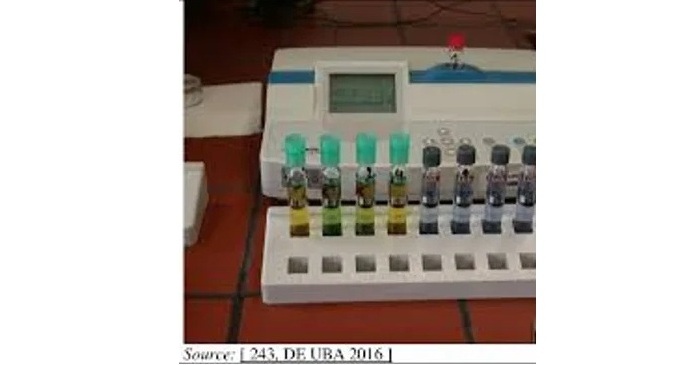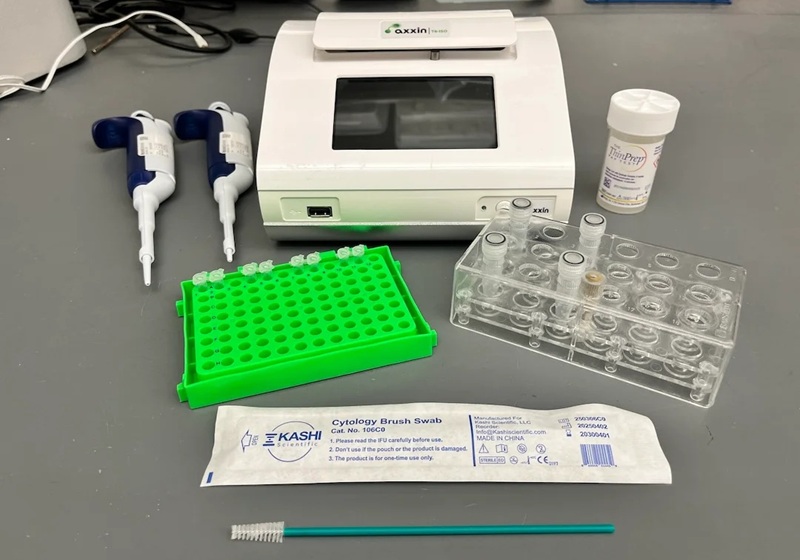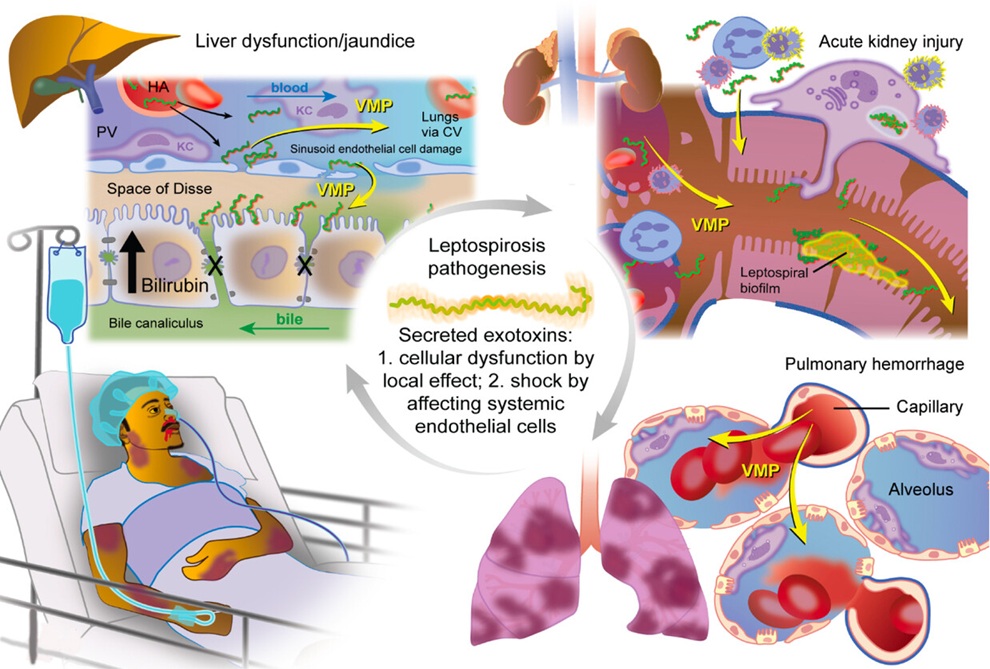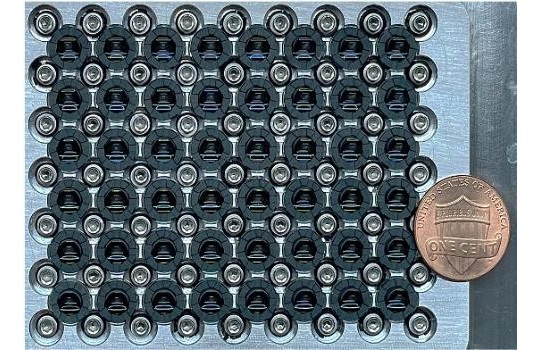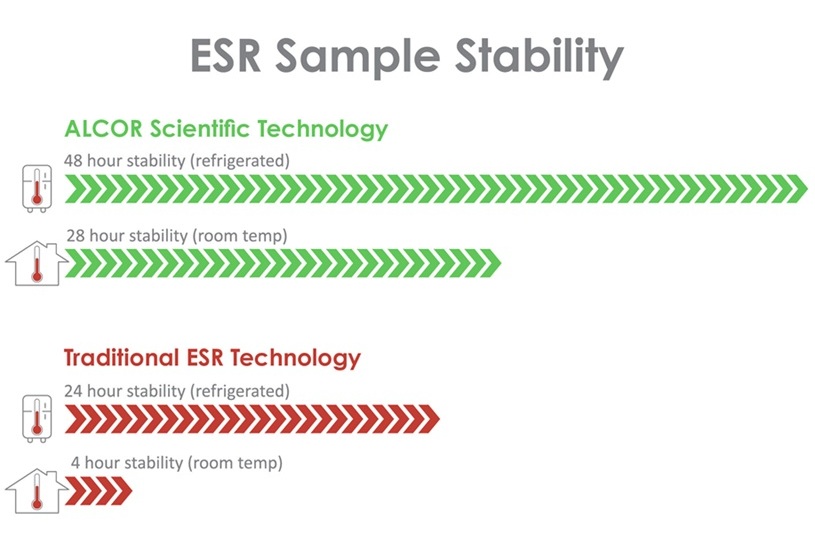Biochemical Monitoring Devices Measure Analytes in Perspiration
|
By LabMedica International staff writers Posted on 25 Mar 2019 |
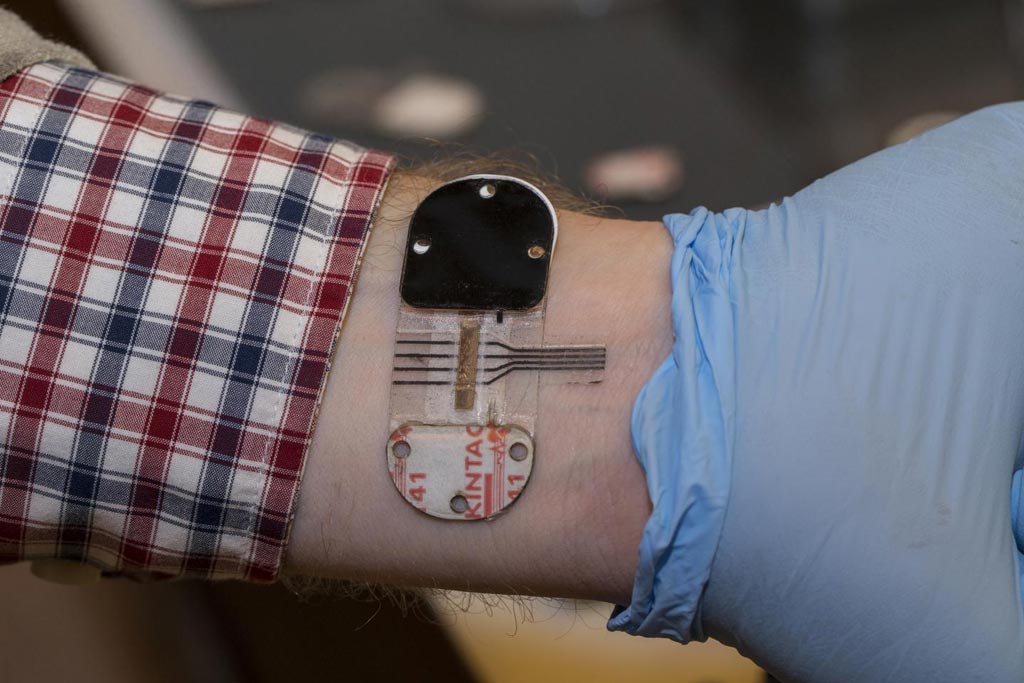
Image: The sensor stimulates sweat under a tiny patch, even when its wearer is cool and resting. The sensor can for a period of hours provide noninvasively the same information found in the blood (Photo courtesy of Joseph Fuqua, University of Cincinnati Creative Services).
A recent paper examined the physiology of sweat secretion in order to advance development of peripheral biochemical monitoring devices that test for analytes in perspiration rather than in blood.
Further development of continuous sensing technologies through new electrochemical sensing techniques will be a major focus of future research. While there has been much investment in wearable technologies to sense analytes, less effort has been directed to understanding the physiology of biofluid secretion. Elucidating the underlying biology is crucial for accelerating technological progress, as the biofluid itself often presents the greatest challenge in terms of sample volumes, secretion rates, filtration, active analyte channels, variable pH and salinity, analyte breakdown, and other confounding factors.
Investigators at the University of Cincinnati (OH, USA) had described in the December 21, 2018, online edition of the journal Lab on a Chip a wearable sweat biosensing device that stimulated sweat and continuously measured sweat ethanol concentrations at 25-second intervals. While this work showed that sweat biosensing could provide continuous and blood-correlated data in an integrated wearable device, unresolved questions included operation for 24 hours or greater and with analytes beyond those commonly explored for in sweat (electrolytes and metabolites).
In a more recent study, the investigators described new sensors attached to a wearable patch the size of a Band-Aid that stimulated sweat even when the patient was cool and resting. The sensor measured specific analytes over time so that the data could be used to determine how the patient was responding to a drug treatment.
"For medications, we can use sweat to get an exact measurement of concentrations in the blood," said senior author Dr. Jason Heikenfeld, professor of electrical engineering, materials science and engineering, and biomedical engineering at the University of Cincinnati. "That is important because once we can measure concentrations of therapeutics in blood, we can look at drug dosing. And that could make current dosing look like something from the Stone Age."
The new study was published in the February 25, 2019, online edition of the journal Nature Biotechnology.
Related Links:
University of Cincinnati
Further development of continuous sensing technologies through new electrochemical sensing techniques will be a major focus of future research. While there has been much investment in wearable technologies to sense analytes, less effort has been directed to understanding the physiology of biofluid secretion. Elucidating the underlying biology is crucial for accelerating technological progress, as the biofluid itself often presents the greatest challenge in terms of sample volumes, secretion rates, filtration, active analyte channels, variable pH and salinity, analyte breakdown, and other confounding factors.
Investigators at the University of Cincinnati (OH, USA) had described in the December 21, 2018, online edition of the journal Lab on a Chip a wearable sweat biosensing device that stimulated sweat and continuously measured sweat ethanol concentrations at 25-second intervals. While this work showed that sweat biosensing could provide continuous and blood-correlated data in an integrated wearable device, unresolved questions included operation for 24 hours or greater and with analytes beyond those commonly explored for in sweat (electrolytes and metabolites).
In a more recent study, the investigators described new sensors attached to a wearable patch the size of a Band-Aid that stimulated sweat even when the patient was cool and resting. The sensor measured specific analytes over time so that the data could be used to determine how the patient was responding to a drug treatment.
"For medications, we can use sweat to get an exact measurement of concentrations in the blood," said senior author Dr. Jason Heikenfeld, professor of electrical engineering, materials science and engineering, and biomedical engineering at the University of Cincinnati. "That is important because once we can measure concentrations of therapeutics in blood, we can look at drug dosing. And that could make current dosing look like something from the Stone Age."
The new study was published in the February 25, 2019, online edition of the journal Nature Biotechnology.
Related Links:
University of Cincinnati
Latest Clinical Chem. News
- VOCs Show Promise for Early Multi-Cancer Detection
- Portable Raman Spectroscopy Offers Cost-Effective Kidney Disease Diagnosis at POC
- Gold Nanoparticles to Improve Accuracy of Ovarian Cancer Diagnosis
- Simultaneous Cell Isolation Technology Improves Cancer Diagnostic Accuracy
- Simple Non-Invasive Hair-Based Test Could Speed ALS Diagnosis
- Paper Strip Saliva Test Detects Elevated Uric Acid Levels Without Blood Draws
- Prostate Cancer Markers Based on Chemical Make-Up of Calcifications to Speed Up Detection
- Breath Test Could Help Detect Blood Cancers
- ML-Powered Gas Sensors to Detect Pathogens and AMR at POC
- Saliva-Based Cancer Detection Technology Eliminates Need for Complex Sample Preparation
- Skin Swabs Could Detect Parkinson’s Years Before Symptoms Appear
- New Clinical Chemistry Analyzer Designed to Meet Growing Demands of Modern Labs

- New Reference Measurement Procedure Standardizes Nucleic Acid Amplification Test Results
- Pen-Like Tool Quickly and Non-Invasively Detects Opioids from Skin
- Simple Urine Test Could Detect Multiple Cancers at Early Stage
- Earwax Test Accurately Detects Parkinson’s by Identifying Odor Molecules
Channels
Molecular Diagnostics
view channelSimple Blood Test Identifies Metabolic Signature of Healthier Aging
Exercise has long been known to protect mobility and reduce the risk of chronic disease, but the molecular processes that translate activity into healthier aging have remained unclear. Researchers have... Read more
Rapid Blood Tests Differentiate Schizophrenia and Bipolar Disorder
Schizophrenia (SZ) and bipolar disorder (BD) affect millions of Americans but are often difficult to distinguish due to overlapping symptoms. Current diagnostic methods rely heavily on subjective assessments... Read moreHematology
view channel
Viscoelastic Testing Could Improve Treatment of Maternal Hemorrhage
Postpartum hemorrhage, severe bleeding after childbirth, remains one of the leading causes of maternal mortality worldwide, yet many of these deaths are preventable. Standard care can be hindered by delays... Read more
Pioneering Model Measures Radiation Exposure in Blood for Precise Cancer Treatments
Scientists have long focused on protecting organs near tumors during radiotherapy, but blood — a vital, circulating tissue — has largely been excluded from dose calculations. Each blood cell passing through... Read more
Platelets Could Improve Early and Minimally Invasive Detection of Cancer
Platelets are widely recognized for their role in blood clotting and scab formation, but they also play a crucial role in immune defense by detecting pathogens and recruiting immune cells.... Read more
Portable and Disposable Device Obtains Platelet-Rich Plasma Without Complex Equipment
Platelet-rich plasma (PRP) plays a crucial role in regenerative medicine due to its ability to accelerate healing and repair tissue. However, obtaining PRP traditionally requires expensive centrifugation... Read moreImmunology
view channel
Novel Tool Predicts Most Effective Multiple Sclerosis Medication for Patients
Multiple sclerosis (MS) is a chronic autoimmune and degenerative neurological disease that affects the central nervous system, leading to motor, cognitive, and mental impairments. Symptoms can include... Read more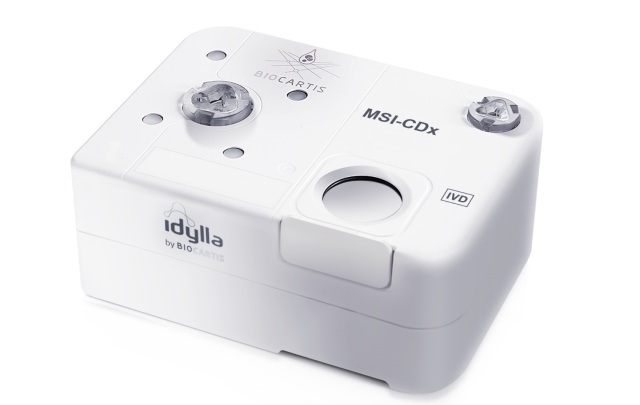
Companion Diagnostic Test for CRC Patients Identifies Eligible Treatment Population
Colorectal cancer remains one of the leading causes of cancer-related deaths worldwide, and identifying which patients will benefit most from targeted immunotherapies is critical. Existing diagnostic methods... Read more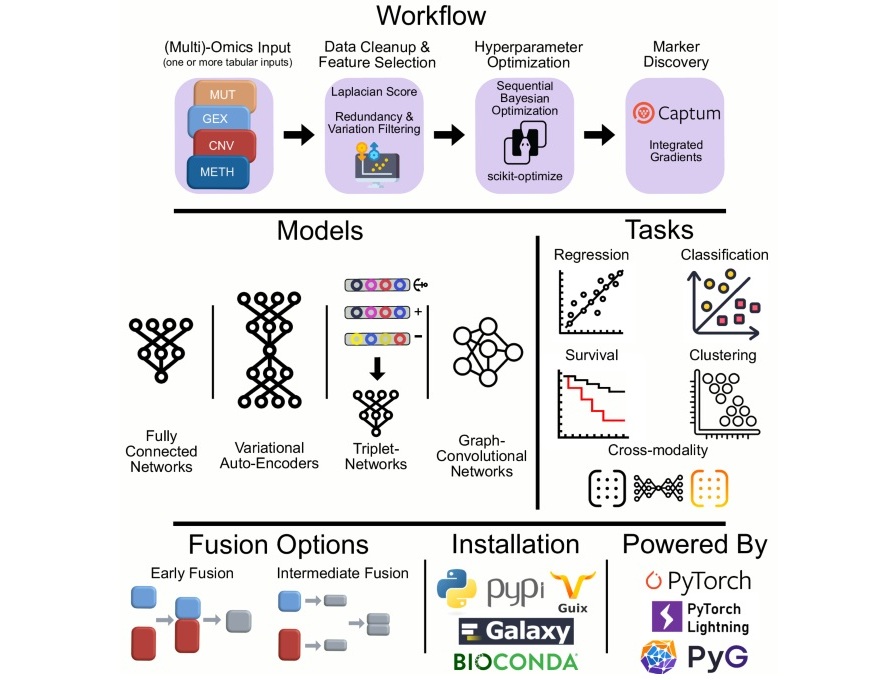
Novel Tool Uses Deep Learning for Precision Cancer Therapy
Nearly 50 new cancer therapies are approved each year, but selecting the right one for patients with highly individual tumor characteristics remains a major challenge. Physicians struggle to navigate the... Read more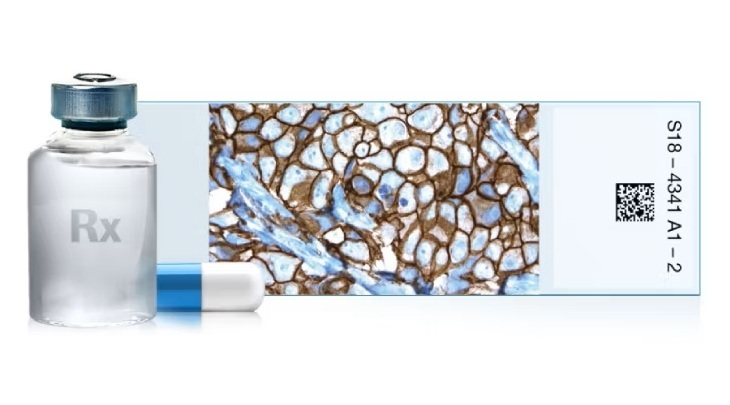
Companion Diagnostic Test Identifies HER2-Ultralow Breast Cancer and Biliary Tract Cancer Patients
Breast cancer is the most common cancer in Europe, with more than 564,000 new cases and 145,000 deaths annually. Metastatic breast cancer is rising in younger populations and remains the leading cause... Read moreMicrobiology
view channel
Fast Noninvasive Bedside Test Uses Sugar Fingerprint to Detect Fungal Infections
Candida bloodstream infections are a growing global health threat, causing an estimated 6 million cases and 3.8 million deaths annually. Hospitals are particularly vulnerable, as weakened patients after... Read more
Rapid Sepsis Diagnostic Device to Enable Personalized Critical Care for ICU Patients
Sepsis is a life-threatening condition that occurs when the body’s response to infection spirals out of control, damaging organs and leading to critical illness. Patients often arrive at intensive care... Read morePathology
view channel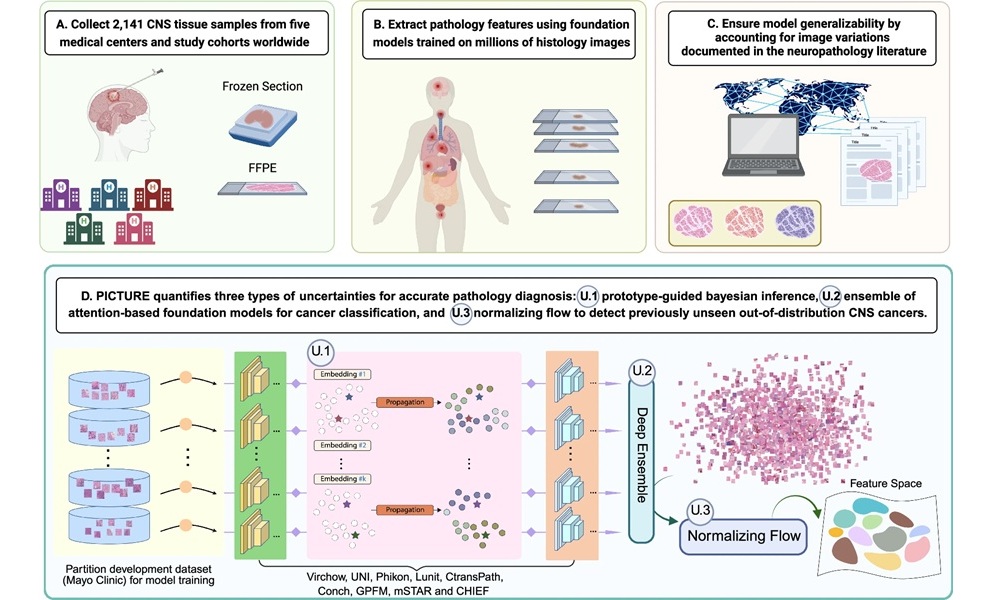
AI Tool Helps Surgeons Distinguish Aggressive Glioblastoma from Other Brain Cancers in Real-Time
Accurately distinguishing between brain tumors during surgery is one of the toughest diagnostic challenges in neuro-oncology. Glioblastoma, the most common and aggressive brain tumor, often appears similar... Read more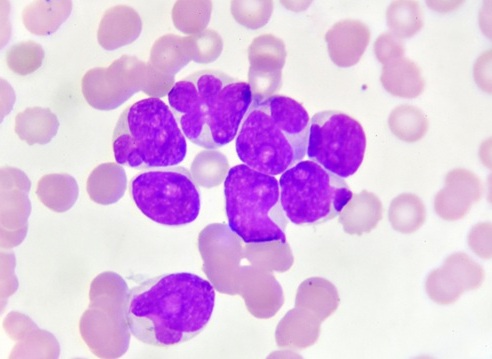
New Tool Could Revolutionize Acute Leukemia Diagnosis
Acute leukemia is a highly aggressive blood cancer that requires rapid and accurate diagnosis to guide treatment decisions. Current diagnostic methods, which rely on molecular and cytogenetic testing,... Read moreTechnology
view channel
Hybrid Pipette Combines Manual Control with Fast Electronic Aliquoting
Manual pipettes offer the control needed for delicate tasks such as mixing or supernatant removal, but typically fall short in repetitive workflows like aliquoting. Electronic pipettes solve this problem... Read more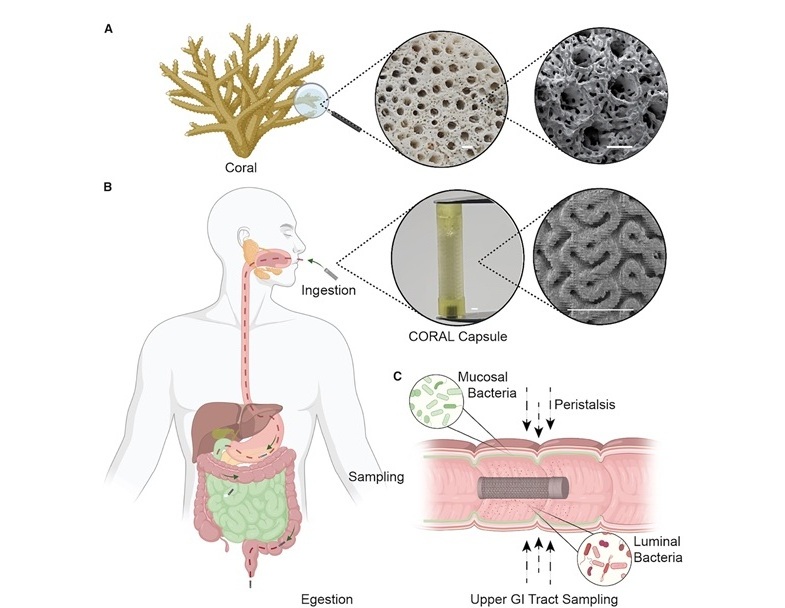
Coral-Inspired Capsule Samples Hidden Bacteria from Small Intestine
The gut microbiome has been linked to conditions ranging from immune disorders to mental health, yet conventional stool tests often fail to capture bacterial populations in the small intestine.... Read more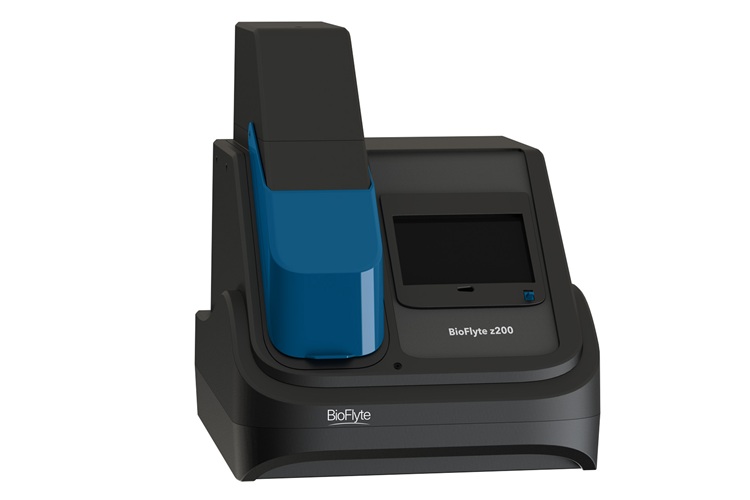
Rapid Diagnostic Technology Utilizes Breath Samples to Detect Lower Respiratory Tract Infections
Respiratory tract infections (LRTIs) are leading causes of illness and death worldwide, particularly among vulnerable populations such as the elderly, young children, and those with compromised immune systems.... Read moreIndustry
view channelELITech and Hitachi High-Tech to Develop Automated PCR Testing System for Infectious Diseases
Molecular testing has become central to diagnosing and monitoring infectious diseases by analyzing genetic information. The use of PCR during the COVID-19 pandemic showed its value, but traditional systems... Read more